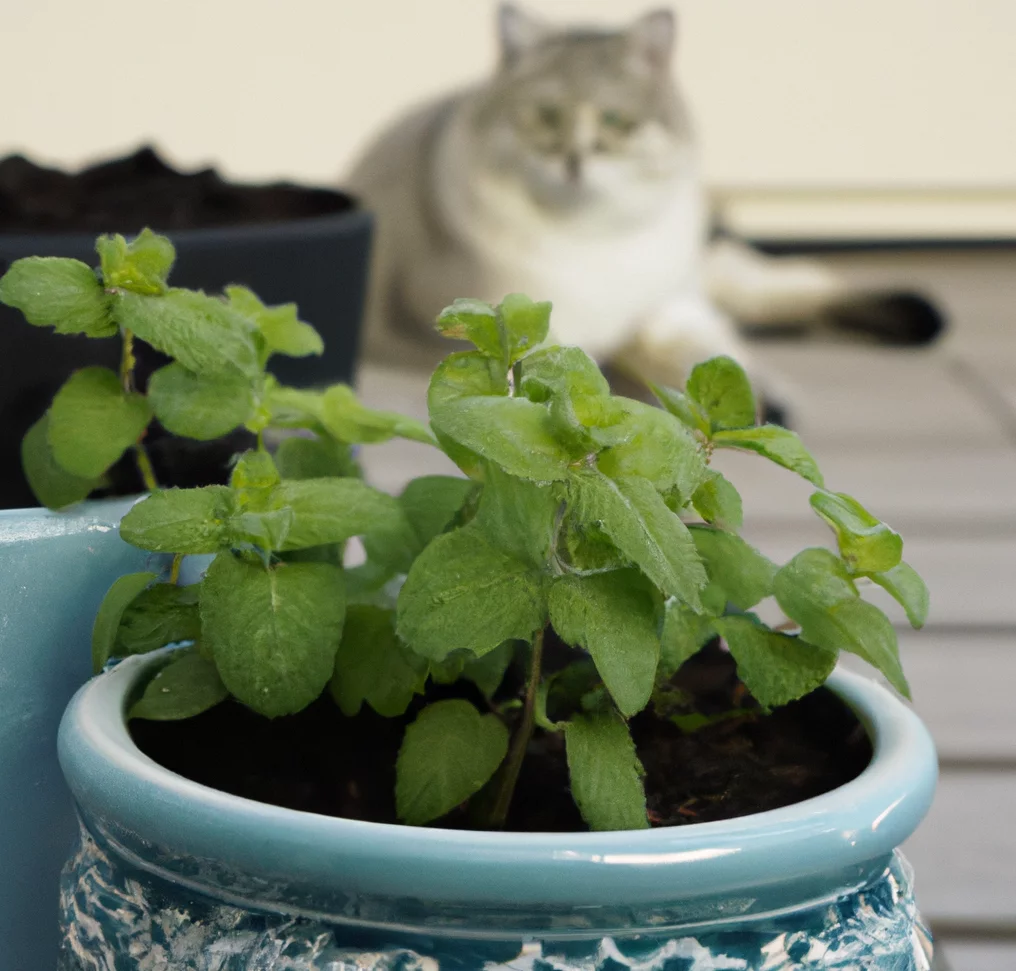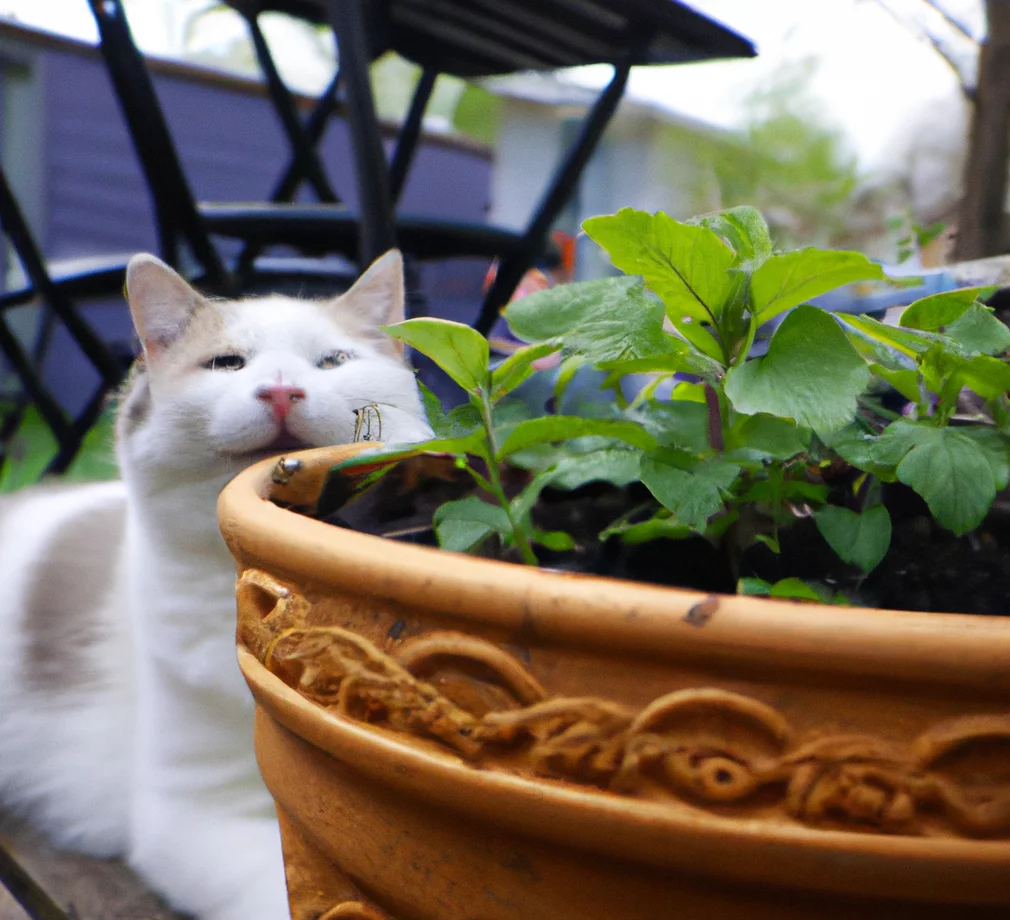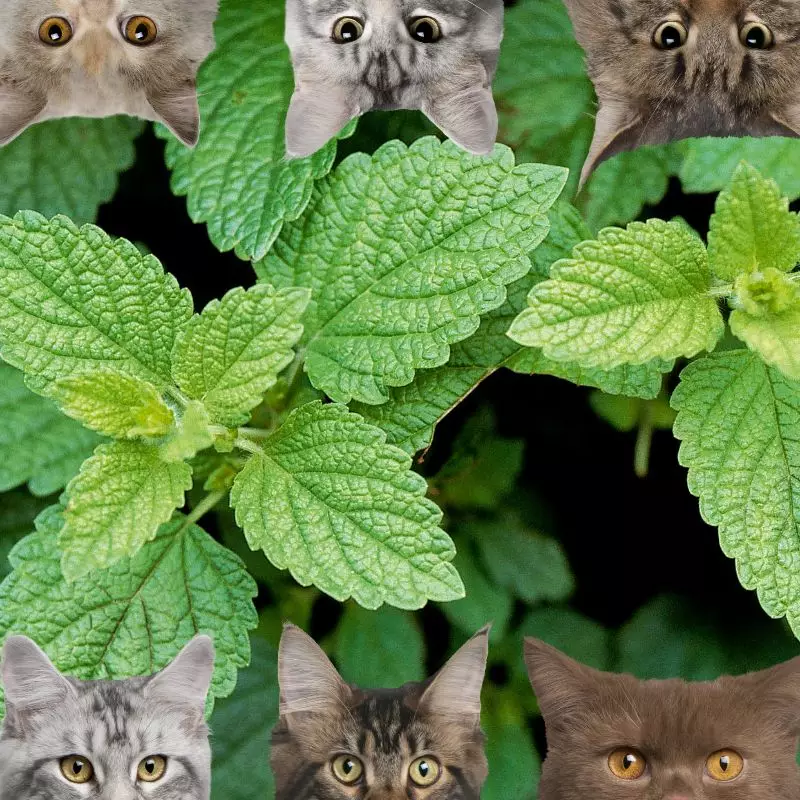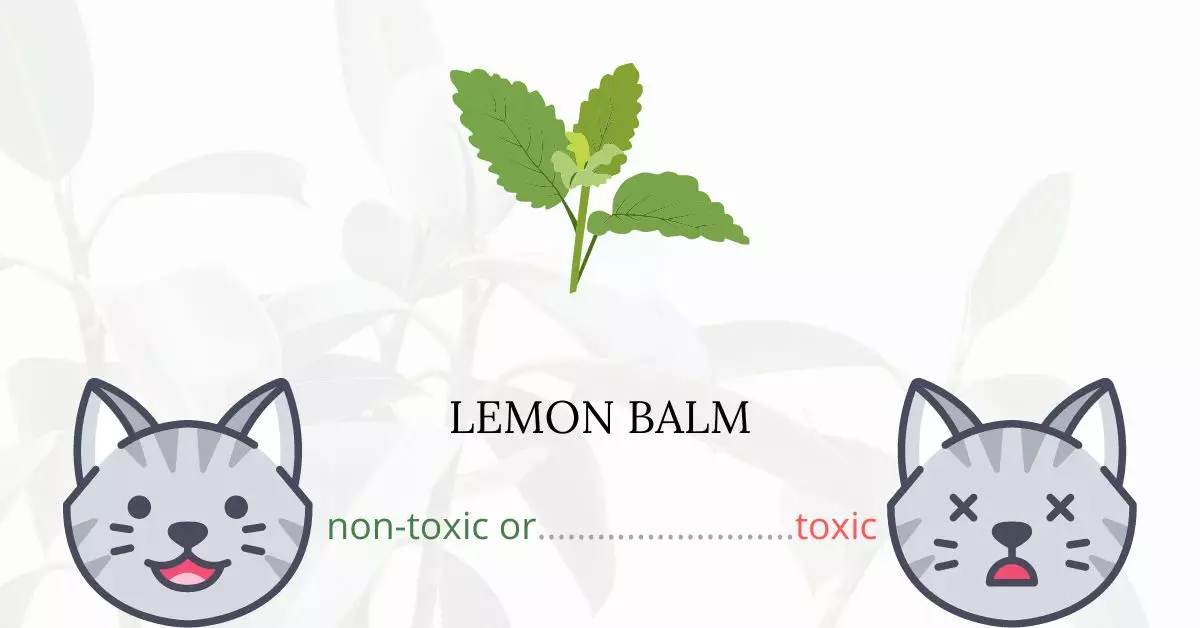No, lemon balm is not toxic for cats. In fact, it is recognized as a non-toxic plant for felines by the American Society for the Prevention of Cruelty to Animals (ASPCA). However, just because it’s not poisonous doesn’t imply that cats should freely consume it. While lemon balm is generally safe, ingestion may still produce some adverse effects in cats, which we will delve into further in this article.
This piece has been meticulously crafted in collaboration with a team of experienced DVMs (doctors of veterinary medicine). Their invaluable insights and contributions ensure the accuracy and relevancy of the information provided. Additionally, our research incorporates data from high-authority websites, including ASPCA and PetMD, ensuring comprehensive coverage of the topic at hand.
Can Cats Eat Lemon Balm?

Cats may consume modest amounts of lemon balm. It is risk-free. You may feed your cat chopped fresh leaves or crushed dry leaves since they are not poisonous.
Although it is not toxic to cats, just a minimal amount should be given to them. Depending on the size of your pet, half a teaspoon to one teaspoon. Consumption of an excessive quantity of lemon balm may contradict its many advantages by producing stomach distress, diarrhea, and vomiting.
Furthermore, while this plant seldom causes allergic responses in cats, some may be. Check for any indicators of allergies and discontinue use if they are.
What is Lemon Balm?

Lemon balm is botanically known as Melissa officinalis. It is also commonly called a balm, common balm, and balm mint. It is a perennial herbaceous plant from the mint family that was originally native to south-central Europe, the Mediterranean Basin, Iran, and Central Asia but has since become naturalized elsewhere.
Lemon balm may reach a height of 1 m. (3 ft 3 in). The leaves have a light lemon aroma. Small white blooms with nectar develop during the summer. Although the white blooms attract bees, the genus Melissa (Greek for “honey bee”) should not be mistaken for bee balm (genus Monarda).
The Lemon balm leaves are commonly used as an herb. It is used in teas and also as a flavoring. The plant is also utilized to attract bees and aid in the production of honey. It is planted for both decorative purposes and for its oil which is used in the perfumery industry. Lemon balm has grown since at least the 16th century.
Keeping Cats Away From Lemon Balm

Use natural deterrents to keep your cats away from lemon balm and other plants. Spray natural deterrents on your plants with caution.
You could also pick a different technique and use aluminum foil. Spread aluminum foil on the ground and around your plants. Because cats dislike the crinkly feel of aluminum foil, if your cat steps on it, he or she will most likely avoid it.
Nonetheless, the best way to prevent your cats from coming near plants is by training them. This approach can take more time and effort but it will benefit you the most.
Plants to Avoid For Your Cats
If you are a cat owner and unsure if the plants growing in your yard are harmful to your cats, check out this list of toxic plants for cats. You can also check our list of non-toxic plants for cats.





